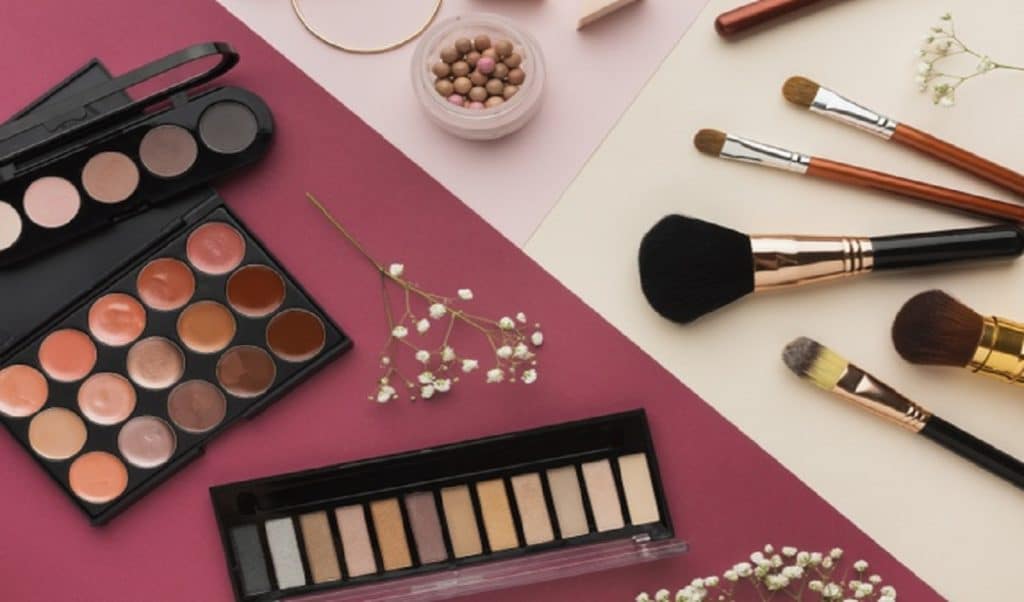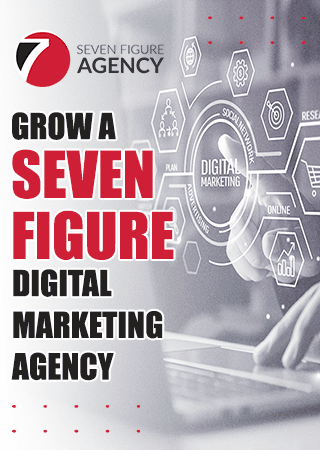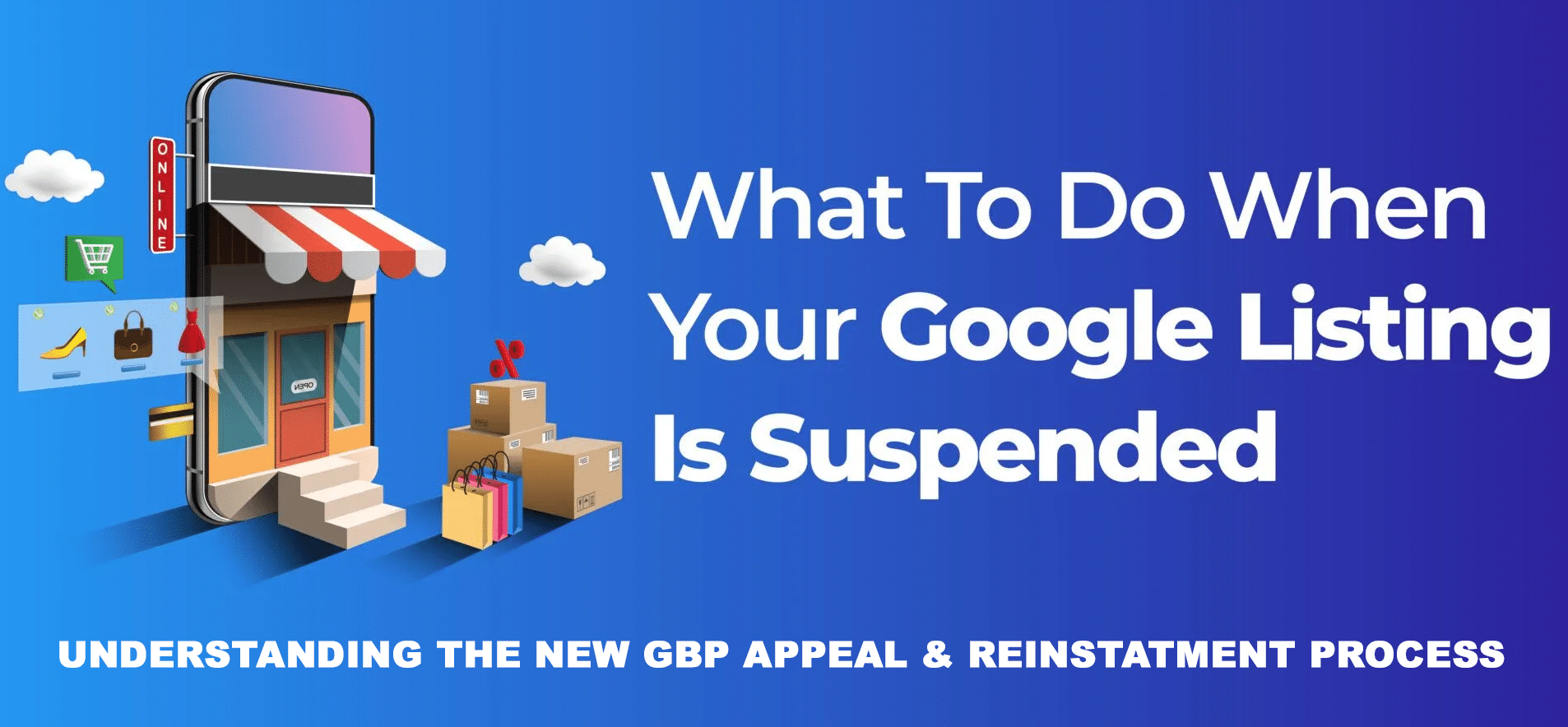Evolution in technology and the onset of the pandemic have shifted commerce from brick-and-mortar to online. As a result, consumers are now driving business. The majority of customers search online for almost all their needs, and the narrative has shifted to customers taking complete control of their purchasing journey and decision-making. Moreover, it allows companies to build seamless digital experiences across all touch points by adopting the direct-to-consumer route.
D2C companies cater to people’s quest for simplicity. As much as consumers love to be spoilt with choice, D2C brands eliminate the hassle of researching, browsing, and culling from a plethora of options, making shopping effortlessly convenient for consumers.
What is D2C?
Direct-to-consumer (D2C) brands manufacture, market, and distribute their products without intermediaries, enabling themselves to reduce costs, directly interact with consumers, and ensure a seamless start-to-finish buyer experience.
A significant chunk of brands striving to stay ahead is driving the Indian $100 billion D2C addressable market to the next level. Online shopping in India is at an all-time high, fueled by over 700 million internet users, especially post-pandemic, portraying a 24 percent yearly growth.
As the pandemic gave an extra push leveraging to the digital world, online presence became the need of the hour. Whether an existing D2C firm or one planning to switch to a D2C model, building a robust online presence is paramount to succeed in today’s increasingly hypercompetitive market.
Why is the D2C Model Gaining Traction Among Consumers and Beauty Brands?
More than 30 percent of consumers prefer to purchase products, especially beauty products, directly from the brand as it garners a touch of original and authentic products. Moreover, it assures the buyers that the products offered are manufactured initially and advertised by the makers, eliminating any possibility of duplicity or adulteration.
Reducing the mediator allows brands to generate a considerable margin while having direct access to their consumers and their related data. Consequently, the number of direct-to-consumer (D2C) beauty brands has increased dramatically in recent years.
Besides the increased margin, brands leverage substantial benefits while adopting the D2C model:
Enhanced Control Over Brand Messaging – In the typical manufacturer-retailer relationship, despite investing heavily in manufacturing and advertising, they could no longer influence sales, create relationships with customers, or collect data once the products are out with the retailer. The D2C model enables brands to get a good hold of the messaging, which further helps in gaining loyal customers.
Shift In Consumer Purchasing Patterns – With mobility restrictions, the pandemic fueled the e-commerce boom worldwide. In addition, higher internet connection, lower data costs, and the digital payments boom are all factors driving the digital economy. As a result, D2C beauty brands operating in the digital mode benefited greatly from the shift toward digital purchasing trends.
Brands can now design creative ways to capture market share or enhance penetration levels in different consumer pools by monitoring purchases with product categories, value, and volume data and analyzing customer habits and reactions. In addition, brands can leverage targeted marketing, ensuring that the right consumer is getting suitable ads. Direct-to-consumer marketing tactics allow you to seamlessly combine brand growth and brand awareness with higher income and sales. SEO, search PPC, and paid-media marketing are all excellent strategies to expand a company’s online presence while generating revenue.
Enhanced Market Opportunities – Global exposure is no longer a far-fetched reality for home-grown brands, as D2C aids brands in reaching potential consumers across geographical boundaries. Therefore, it is vital to constantly innovate the strategy responding to the fluctuating needs of end-users and efficiently scale to sustain in the competitive market conditions. D2C allows brands to introduce new products on a smaller scale, test them with specific demographics, and collect feedback. Thus, enabling manufacturers to understand, improve, create and sell consumer-centric products according to their needs and demands.
Customer Retention and Brand Loyalty – Stories that resonate with the beauty brand’s values have the potential to relate with the customers well, increasing the possibility of customer retention. Therefore, the strategy of D2C brands is proactively centered around pursuing, converting, and retaining customers. Consumers prefer interacting with the brand maker on various virtual podiums and making preference-based purchases. Beauty brands interact with customers via email, chat sessions, apps, and social media forums, and brands can understand customer preferences, developing expectations, and product demand. As a result, D2C manufacturers have information that leads to delivering better service and support to their consumers. Through tailored marketing campaigns, they can use customer connections to build strong relationships and promote retention.
Let us further walk through the trending marketing strategies for cosmetic and beauty brands to turn existing products into engaging beauty brands the audience will know, like, trust and purchase:
Build up the Owner’s Personal Brand – In the crowded beauty market, differentiating from competitors is essential to ensure that the consumers know and are aware of the brand. Building your personal brand is crucial to promote your beauty business. Beauty products are unique and intimate; personal experiences help drive connection and trust. Giving product context and the inspiration to create the brand and the behind scenes of the product’s life cycle will differentiate you from your competitors and allows shoppers to relate to you.
Create Distinctive Brand Design and Messaging – Devoting time and effort to figuring out the brand story, the colors, the packaging, and the words used to describe the brand’s unique features is essential to ensure that the product is branded and stands out. Being confident with the story and context tied to the unique brand and beauty product concerning the colors, logo, labeling, or packaging will save you from the dilemma of considering constant change if someone has an opinion.
Unique Package Design – Beauty products in different and unique packaging have the potential to draw attention and leave a mark behind immediately. Unusual package design works favorably to market a beauty product as it can be an objective point of differentiation for the brand and connect with the audience in a relatable way.
Drive Traffic to Your Cosmetic Business Website – The massive digital world has various components to help beauty brands drive digital traffic.
Use Paid Ads – Facebook, Google, Instagram, or Pinterest Ads – The quickest way to drive traffic is paid ads, which are beneficial to get subscribers onto the brand’s mailing list or have a special promotion or launch scheduled.
Generate Organic Traffic:
Create a Content Strategy to Promote the Beauty Brand – To increase engagement, well-researched and strategically planned content should be prepared according to the target audience and delivered on the social podiums where they are primarily present. The brand must be sure of what it wants the audience to know and feel and a call to action once they have seen the video, picture, reel, pin, blog, or any content produced.
Create an Easily Searchable Website – A brand website is an essential part of the marketing strategy for beauty products. Creating a website, an exclusive online space, is easily accessible to people who can buy what you’re selling. In addition, the website needs to be optimized using SEO or search engine optimization for e-commerce brands.
Create a Community of Beauty Enthusiasts – A community is people interested in the brand’s products, which increases the possibility of product sales, user-generated content, and word-of-mouth marketing. In addition, the community people provide real-time feedback and often serve as brand advocates.
Collaborate with Beauty Businesses and Influencers – Marketing beauty products through collaborations with industry people is a quick way forward. Partnering with spas, salons, and make-up studios is an excellent source to expose beauty products to a warm audience.
Influencers collaborate with the brand to post about the products on social media if they send them PR packages. The catch is creating strategic relationships to help the beauty brand grow its business.
Use E-mail Marketing to Remain Visible – Many marketers swear by the importance of email marketing for any brand to stay visible on the digital platform and keep customer relationships warm and engaging. It is an effective way to communicate online with the targeted or existing audience.
Various direct-to-consumer brands are currently making a significant impact through e-commerce in managing customer expectations. Therefore, implementing some strategies and best practices will help businesses to scale further.



























